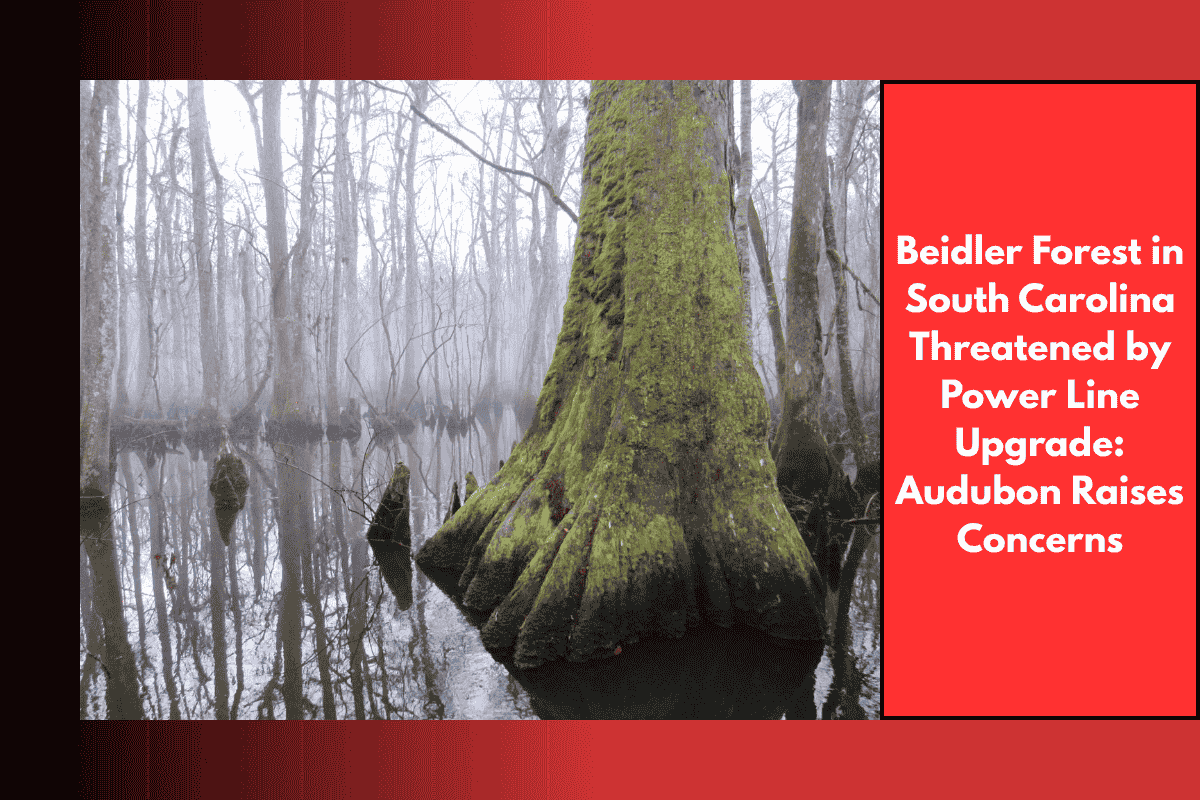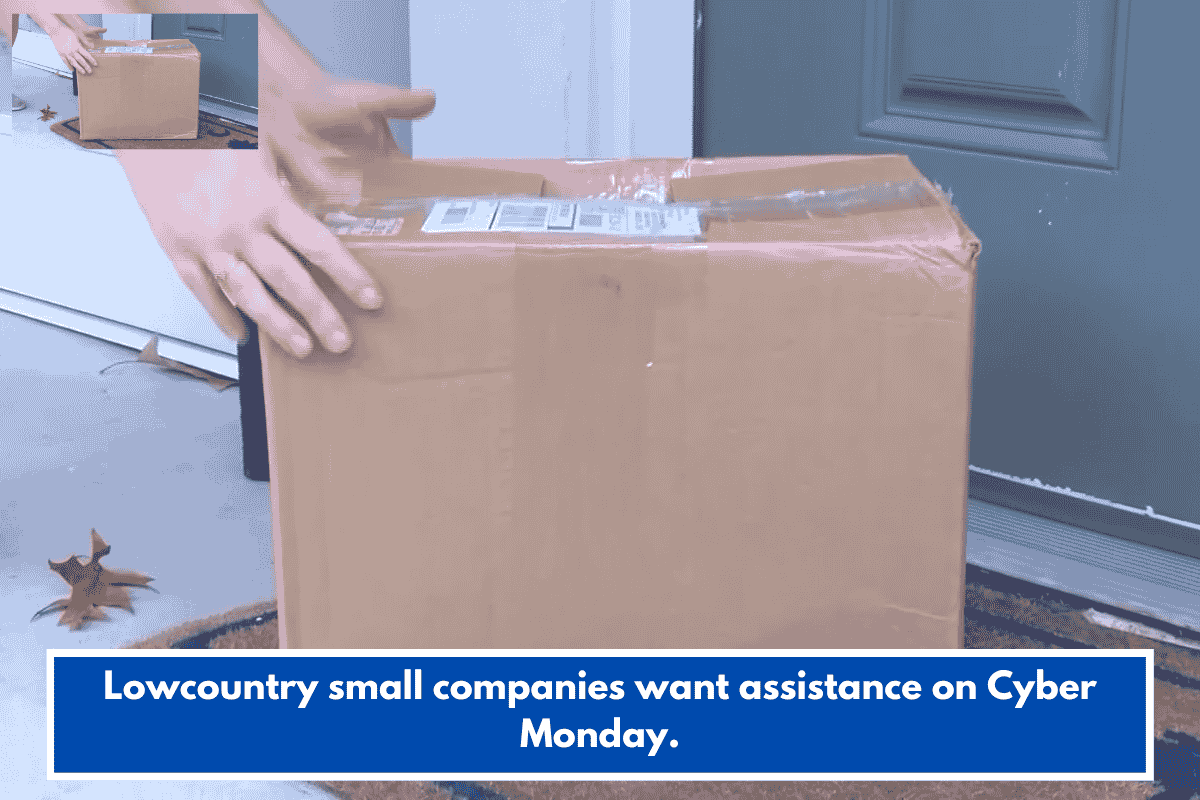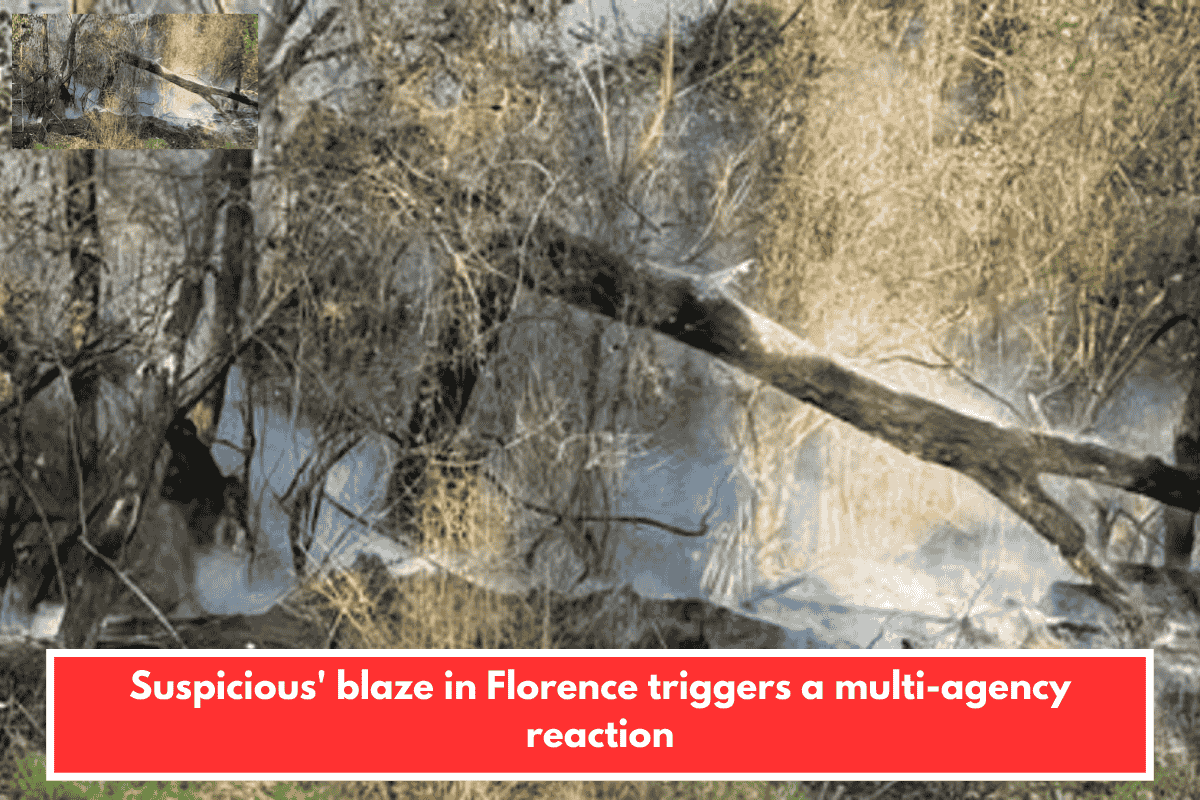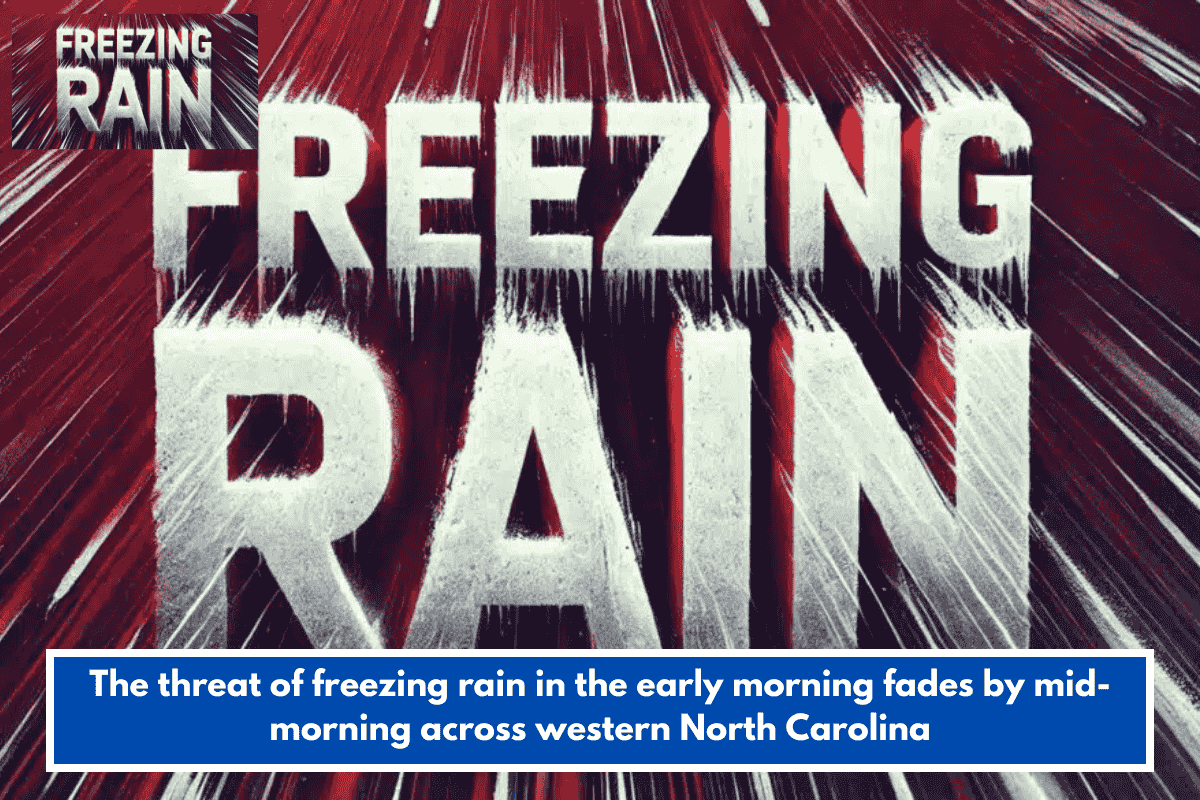Beidler Forest, the largest uncut cypress-tupelo swamp in the world, is at risk as Santee Cooper, South Carolina’s state-owned utility company, seeks to upgrade a transmission line that powers the rapidly growing areas of Berkeley, Dorchester, and Charleston counties.
Audubon South Carolina and other environmental groups have voiced concerns about preserving the 18,000-acre natural and historic site, which is home to diverse wildlife and protected species.
The Significance of Beidler Forest
Beidler Forest is a critical part of South Carolina’s natural heritage, providing habitat for more than 140 bird species and several endangered animals, including the spotted turtle, northern long-eared bat, Rafinesque’s big-eared bat, and the wood stork.
The swamp also has historical significance, serving as a refuge for enslaved people who escaped to freedom along the Underground Railroad. It was also used as a hideout for colonial soldiers during the Revolutionary War.
The forest has been managed by Audubon South Carolina since 1969 and was initially purchased with the help of conservationists after the threat of logging and development emerged. This pristine habitat remains one of only two uncut old-growth forests in South Carolina, the other being Congaree National Park.
Santee Cooper’s Proposed Transmission Line Upgrade
Santee Cooper plans to upgrade an existing power line that has run through Beidler Forest since the 1970s. The company argues that the upgrade is necessary to meet growing energy demand in the area, especially with new developments like Google’s $3.3 billion data center being built nearby.
The transmission line serves to power homes and businesses in the Lowcountry, which have been expanding rapidly.
However, environmental groups, led by Audubon, are raising concerns about the potential environmental impact, particularly on the old-growth trees and protected species that live in the forest.
The proposed project includes cutting trees within 100 feet of the transmission line right-of-way, a practice that could endanger wildlife habitats and compromise water quality in the swamp.
The Environmental Concerns
Audubon South Carolina is asking Santee Cooper for added guarantees that the project will not harm the forest’s delicate ecosystem. Timothy Evans, Director of Land Conservation at Audubon, expressed concerns over the lack of transparency in the company’s plans.
He is requesting that any trees to be cut be clearly marked and reviewed by Audubon before removal. The organization is also advocating for the use of manual labor for tree removal, rather than heavy machinery, to avoid disturbing the swamp’s water quality.
Additionally, the spotted turtle is a protected species that frequents the area, especially during the laying season, making it crucial to limit activity during that time to ensure their safety. The swamp’s sensitive ecosystems and rare species are at risk if the transmission line work is not handled carefully.
The Challenge of Balancing Development and Conservation
Santee Cooper has acknowledged the concerns raised by environmental groups but insists that the project is critical to meeting the energy demands of the region. Mollie Gore, a spokesperson for the utility, assured that no old-growth cypress trees would be cut, and efforts would be made to minimize the impact on the surrounding environment.
However, Audubon’s concerns remain, as they argue that the transmission line upgrade is a choice that could irreversibly impact one of South Carolina’s most cherished natural resources.
Environmental groups, including the Coastal Conservation League, are urging the state to reconsider the route and explore alternatives that would avoid the swamp’s delicate ecosystems altogether. They suggest that Santee Cooper should reconsider whether upgrading the existing 1940s right-of-way is the best solution, given the environmental significance of Beidler Forest.













